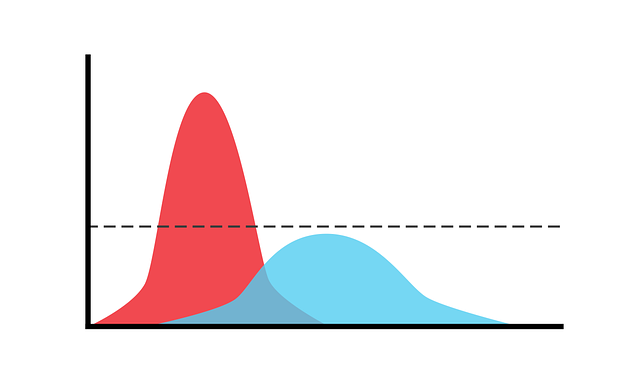Search
Paid sick leave for COVID-19 is flattening the curve…with fewer employment lawsuits too?

Image by Markéta Machová from Pixabay
Back in March, President Trump signed the Families First Coronavirus Response Act (FFCRA) into law. The FFCRA allows eligible employees to receive either paid sick leave or expanded family and medical leave for specified reasons related to COVID-19.
Recently, COVID-19 numbers have begun spiking again. However, a new study has found that the FFCRA has actually helped to flatten the curve.
You can read the study from Stefan Pichler, Katherine Wen, and Nicolas R. Ziebarth here. The three researchers concluded that states that gained access to paid sick leave through FFCRA had 400 fewer confirmed COVID-19 cases per day, which translates to 1 prevented COVID-19 case per day, per 1300 workers.
Unfortunately, the study only tracks COVID-19 data from March 8, 2020 through May 11, 2020. So, we don’t know whether FFCRA leave correlates with fewer confirmed cases during the second half of 2020.
What we do know, however, is that employment litigation has declined sharply in 2020. Near the end of last week, Braden Campbell at Law360 reported here on Lex Machina’s latest report showing that federal employment litigation is down 12.5% from last year (just over 14,000 lawsuits in the first three quarters of 2020 compared to 16,000 last year over the same time period).
Does this have anything to do with FFCRA leave specifically? Probably not. One attorney quoted in the article suggested that remote work throughout much of 2020 contributed to less harassment and discrimination. But, if that’s true, I would expect that to impact 2021’s numbers. Consider that most harassment and discrimination victims must exhaust administrative remedies first at the EEOC. Usually, that takes at least six months.
Instead, I agree with another commenter who suggested that harsh economic times have disincentived plaintiffs from suing failing employers.
Plus, consider that on March 21, 2020, in response to the COVID-19 pandemic, the EEOC temporarily suspended the issuance of charge closure documents unless a charging party requested them. Since individuals cannot sue in federal court until the EEOC issues a Notice of Right to Sue, that could explain the litigation slowdown in Q2/Q3. But, the EEOC resumed issuance of closure documents in August. So, I expect that we’ll see an uptick in lawsuits in Q4 because an individual has just 90 days to file suit after the EEOC ends its investigation.
Better have a good employment lawyer on speed dial.
 The Employer Handbook Blog
The Employer Handbook Blog




